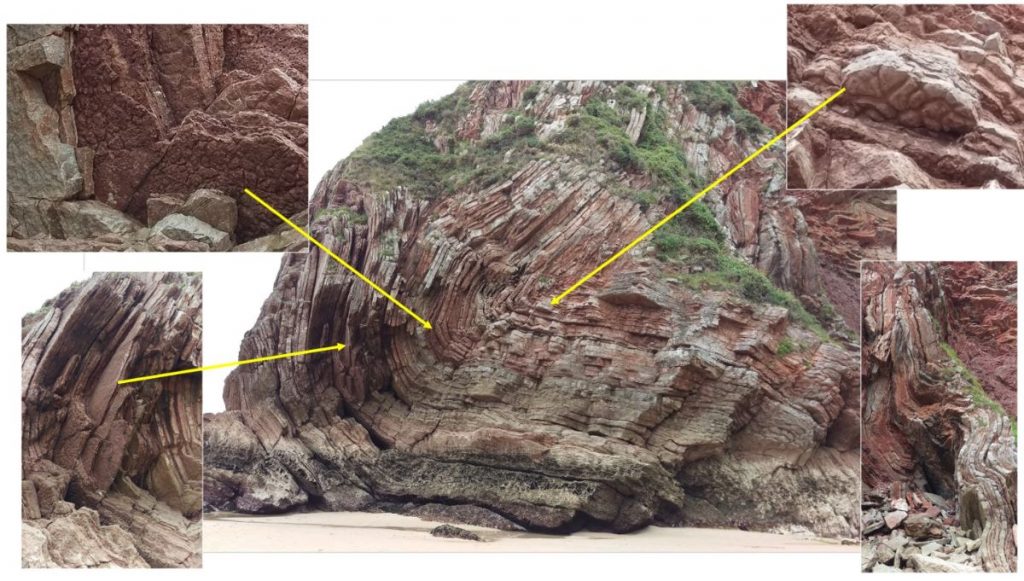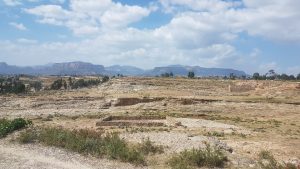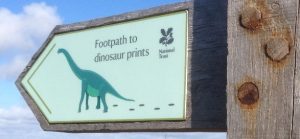By Tim Wright, Senior Geoscientist
Wonderful Asturias!
Whilst I have frequently visited the spectacular outcrops of the Tabernas region of Southern Spain around Almeria, I had never experimented with the less well-known northern coast. Convincing Jennie this was for her benefit, and rocks were definitely not on the agenda, we arrived in a small coastal town of Llanes, around an hour west of Santander (thanks in part to Rick Stein for the helpful tip-off!). I was quickly reassured to see big mountains and rugged cliffs together with some nice little restaurants and sandy beaches. Everything was going to be just fine. After settling in and marvelling at the Picos de Europa, we wandered down a lethally steep road to a little secluded beach called Playa de Ballota.
As is sometimes the case in geology I had a genuinely pleasant surprise and “oh wow” moment as we rounded a tight corner. The cliff at the eastern end of the beach shown below is one giant fold system made out of giant brick-coloured plasticine – or so it seemed. On closer inspection, the rocks are riddled with bedding planes and fabulously well-preserved desiccation cracks. My first thought was “Mercia” but actually it transpires to be Lower Carboniferous Palaeozoic rocks (at least according to the local geological maps at the interesting Museo del Jurassico de Asturias at Colunga). I reckon this fold is every bit as fascinating as our own Lulworth Crumple!

This was one of many highlights and I would definitely recommend a trip to the Asturias Region. It is fairly quiet, even at peak times, and has a lot to offer as a geologist, ecologist and fresh air lover, so you can explore to your hearts content and have a great supper afterwards. Just make sure they don’t pour all your cider on the floor for you..if you’ve been you know just what I mean!



